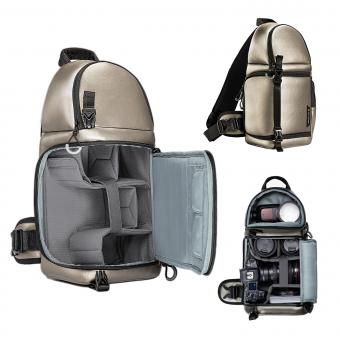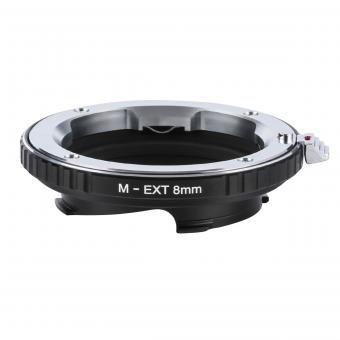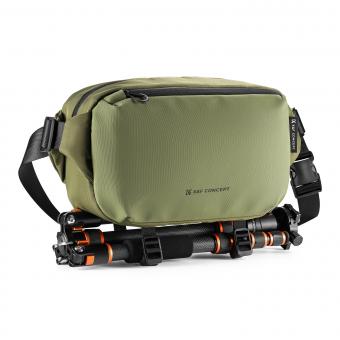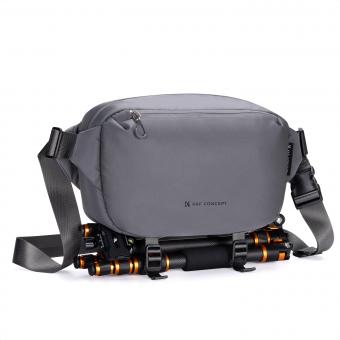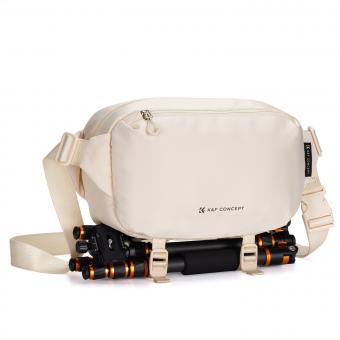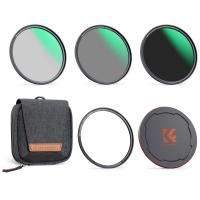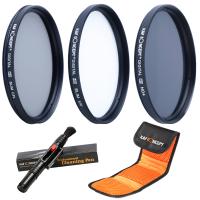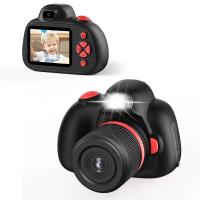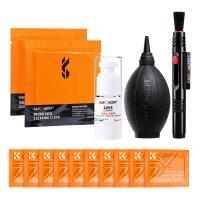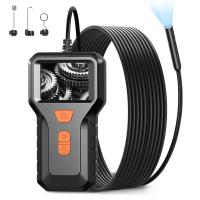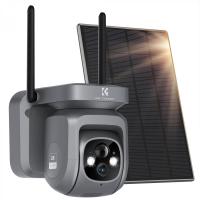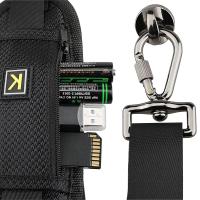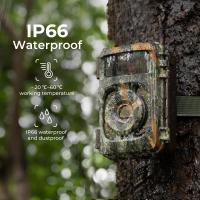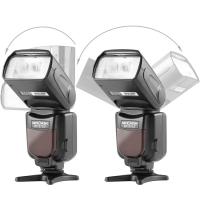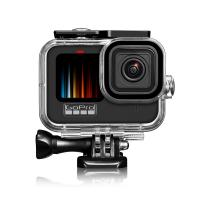How To Choose A Camera Bag?
Choosing the right camera bag is a crucial decision for photographers, whether they are amateurs or professionals. A camera bag is not just a storage solution; it is an essential accessory that protects your valuable equipment, provides easy access, and enhances your overall photography experience. With a plethora of options available in the market, selecting the perfect camera bag can be overwhelming. This article aims to guide you through the process of choosing a camera bag that best suits your needs, preferences, and style.
Understanding Your Needs
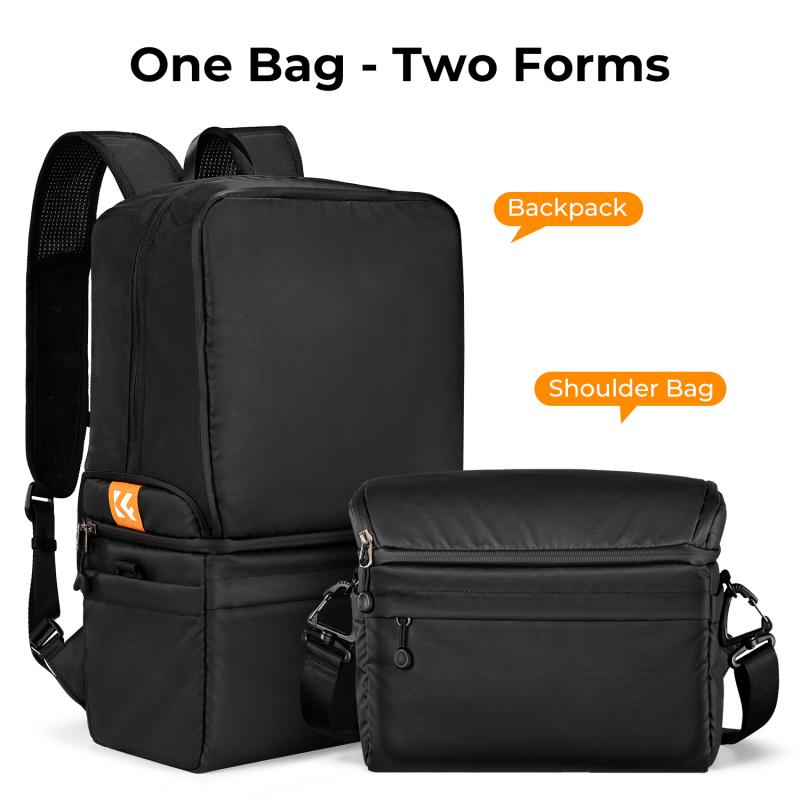
The first step in choosing a camera bag is to understand your specific needs. Different photographers have different requirements based on their equipment, shooting style, and travel habits. Here are some key factors to consider:
1. Type of Photography: Are you a landscape photographer, a street photographer, or a studio photographer? Each type of photography may require different types of bags. For instance, landscape photographers might need a bag that can carry a tripod and other outdoor gear, while street photographers might prefer a more compact and discreet bag.
2. Equipment: Take an inventory of your camera gear. How many camera bodies, lenses, and accessories do you need to carry? Make sure the bag you choose has enough compartments and padding to protect your equipment.
3. Travel Frequency: If you travel frequently, you might need a bag that is durable, lightweight, and easy to carry. Consider bags with features like weather resistance and secure closures.
4. Comfort: Comfort is crucial, especially if you plan to carry your bag for extended periods. Look for bags with padded straps, ergonomic designs, and good weight distribution.
Types of Camera Bags
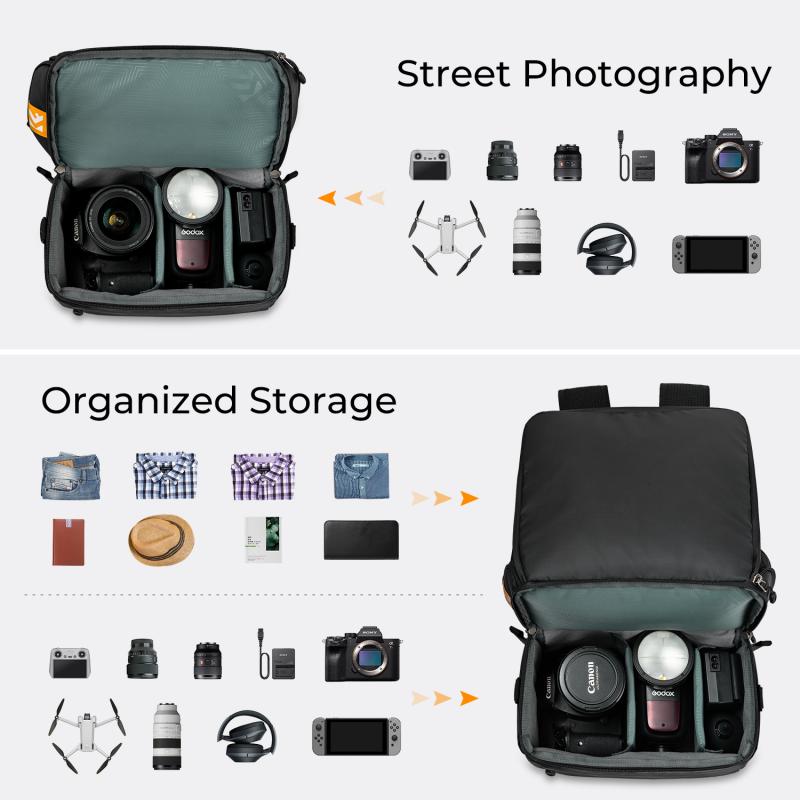
There are several types of camera bags available, each with its own set of advantages and disadvantages. Here are the most common types:
1. Backpacks: Camera backpacks are ideal for photographers who need to carry a lot of gear. They offer ample storage space, multiple compartments, and good weight distribution. However, they can be bulky and may not provide quick access to your equipment.
2. Shoulder Bags: Shoulder bags, also known as messenger bags, are popular for their easy access and stylish designs. They are suitable for carrying a moderate amount of gear and are often more discreet than backpacks. However, they can become uncomfortable if worn for long periods.
3. Sling Bags: Sling bags are a hybrid between backpacks and shoulder bags. They are worn across the body and can be easily swung around to access your gear. They offer a good balance between storage capacity and accessibility but may not be as comfortable as backpacks for extended use.
4. Holster Bags: Holster bags are compact and designed to carry a single camera with an attached lens. They are ideal for photographers who prefer to travel light and need quick access to their camera. However, they offer limited storage space for additional gear.
5. Roller Bags: Roller bags are perfect for photographers who travel frequently and need to carry a lot of equipment. They come with wheels and a retractable handle, making them easy to transport. However, they can be cumbersome in rough terrain and may not be suitable for all types of photography.
Key Features to Look For
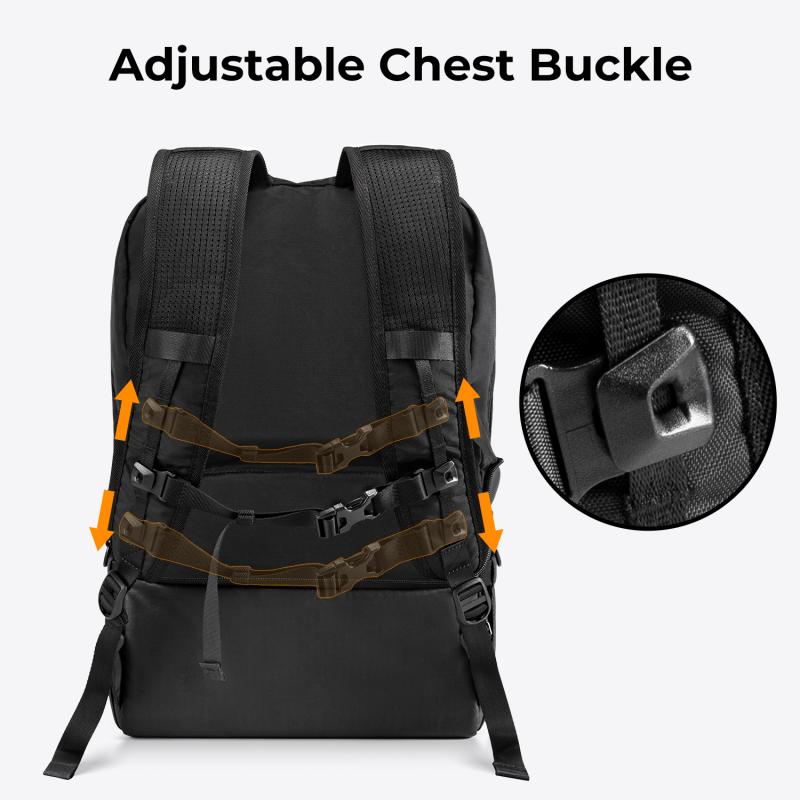
When choosing a camera bag, there are several key features to consider:
1. Padding and Protection: Ensure that the bag has adequate padding to protect your gear from bumps and shocks. Look for bags with customizable dividers that allow you to create compartments tailored to your equipment.
2. Weather Resistance: If you often shoot outdoors, consider a bag with weather-resistant materials and zippers. Some bags come with a rain cover for added protection.
3. Accessibility: Quick access to your gear is essential, especially for street and event photographers. Look for bags with easy-to-reach compartments and openings.
4. Storage Capacity: Make sure the bag has enough space to accommodate all your gear, including camera bodies, lenses, batteries, memory cards, and other accessories. Some bags also have dedicated compartments for laptops and tablets.
5. Comfort and Ergonomics: Choose a bag with padded straps, a breathable back panel, and an ergonomic design to ensure comfort during long shoots or travels.
6. Style and Aesthetics: While functionality is paramount, the style of the bag is also important. Choose a bag that matches your personal style and preferences.
Practical Tips for Choosing a Camera Bag

Here are some practical tips to help you choose the right camera bag:
1. Try Before You Buy: If possible, visit a store and try on different bags to see how they feel. Check the fit, comfort, and accessibility of each bag.
2. Read Reviews: Look for reviews and testimonials from other photographers. They can provide valuable insights into the pros and cons of different bags.
3. Consider Future Needs: Think about your future photography needs. Choose a bag that can accommodate any additional gear you might acquire.
4. Budget: Camera bags come in a wide range of prices. Set a budget and look for bags that offer the best value for your money. Remember that a good camera bag is an investment in protecting your valuable equipment.
5. Brand Reputation: Consider reputable brands known for their quality and durability. Some well-known camera bag brands include Lowepro, Think Tank, Peak Design, and Manfrotto.
Choosing the right camera bag is a personal decision that depends on your specific needs, preferences, and style. By understanding your requirements, exploring different types of bags, and considering key features, you can find a camera bag that enhances your photography experience and protects your valuable equipment. Remember to try different bags, read reviews, and consider your future needs to make an informed decision. A well-chosen camera bag will not only keep your gear safe but also make your photography adventures more enjoyable and efficient.



